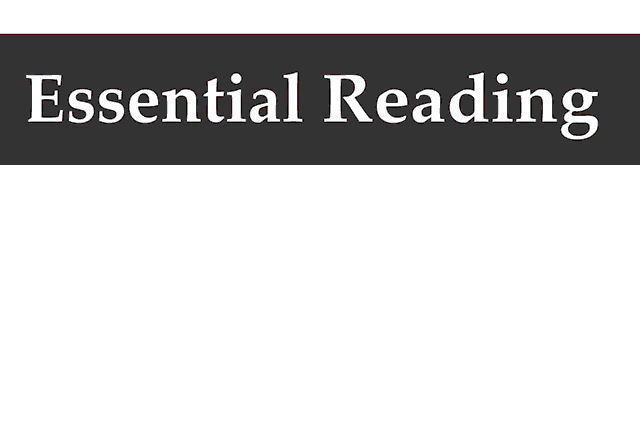April 10th, 2025
BURLINGTON, ON
As of 2025, dating apps have over 360 million users around the world. This figure includes platforms of all types, ranging from casual swiping apps to those focused on building long-term connections. Despite a slight decrease in downloads, usage remains high. Tinder, for example, saw $1.91 billion in earnings during 2023, growing nearly 7% from the year before. Match Group alone accounted for $3.5 billion of the total $6.18 billion market revenue in 2024.
The market continues to grow. By 2030, estimates place industry revenue at over $17 billion. This comes with an expected increase in both paid users and geographic reach. Users are also spending more, with around 25 million paying for features each month.
What’s Working—and Why
Dating apps work for many users. In a 2021 report from The Knot, one out of every four engaged couples met online. Apps like Hinge are gaining more attention for targeting users looking for lasting connections instead of casual flings.
About 57% of online daters report having a good time on these apps overall. Women and men approach the apps differently, and this shapes how matches are formed. For example, users often favor traits like emotional availability and open communication.
Still, the increasing number of options can be hard to manage. Studies describe a phenomenon called the paradox of choice—more options can actually lead to less satisfaction. Users, especially women, have also set higher filters, preferring partners aligned with their values.
Picking Your Path: Relationship Types Aren’t One-Size-Fits-All
Dating app users now make more specific choices about what kind of relationships they want. Some seek marriage, others prefer casual dating, while many explore grey areas in between. Apps like Hinge focus on long-term commitment, while others support different lifestyles or connections based on goals or compatibility. Secret Benefits is one of several platforms contributing to this range of choices, supporting matches based on clarity and purpose.
This flexibility means users can match with those who share not only similar interests but also aligned timelines or relationship expectations. It’s less about fitting into old patterns and more about choosing what works personally.
New Trends in the Mix
2025 is seeing more users taking a direct approach. This is called “Loud Looking.” About 70% of singles using dating apps now declare their intentions early. They list clear relationship goals, expectations, and dealbreakers upfront.
Interest-based dating is also becoming common. Some platforms now form micro-communities around shared hobbies or beliefs. These changes are especially noticeable among younger age groups, including users under 30.
These trends peak during certain times of the year. One of the busiest days for dating apps is “Dating Sunday,” which falls on the first Sunday in January. For example, on Tinder, user likes rise by 15% on this day. Hinge reports nearly 30% more messages sent compared to regular Sundays.
How AI Is Changing the Apps
More apps are now using artificial intelligence to suggest better matches. This includes analyzing behaviors, profiles, and chat patterns. Apps using AI now show a 14% increase in user engagement, likely due to more relevant suggestions and fewer unwanted messages.
AI tools also weed out fake accounts and detect harmful behavior. Some apps use AI chat assistants that suggest conversation starters to ease first interactions.
Other tools, like real-time translation, help users from different countries talk more smoothly. As more countries gain online access, especially across Asia and Africa, this kind of technology is helping expand these platforms globally.
Unmet Needs and Lingering Problems
Despite more users and better algorithms, there are still problems. Safety is a top concern. Less than half of U.S. adults think online dating is safe. Many users, especially younger women, report receiving unwanted messages.
Men also face obstacles, though researchers point to a different problem—a gap in basic relationship skills. Psychologist Greg Matos noted that many men lack comfort with emotional communication, making it harder for them to form satisfying connections.
Data shows that a high number of young and middle-aged men are frequently lonely, even when using dating apps. Longer stretches of being single are not uncommon.
Use on the Ground
On college campuses, apps are used both casually and for serious dating. Users often set clear expectations before meeting in person, which makes the process more manageable. This design helps reduce confusion and potential discomfort about relationship intent.
Some apps even let users sort matches based on religious or political preference, what kind of relationship they want, or how far away someone lives. In smaller towns, this works well for finding a match without meeting by chance.
Culture and Influence
Terms like “swipe left” are now part of common speech. Platforms like Tinder turned the action of dating into a simple back-and-forth process. But not all apps work the same way. Grindr, for example, helps users build connections based on very specific identity filters and dating preferences.
Influencers and dating coaches also play a role. Many use platforms like YouTube or TikTok to show what works and what doesn’t. Some hold live sessions or breakdowns of how to approach certain types of matches, which users watch to improve.
Conclusion
Dating apps give more options than ever, but more choice doesn’t always mean more success. There are useful tools, new trends, and fast changes. But there are also trade-offs. When used thoughtfully, these apps help users find others with similar goals, timelines, and communication styles.










